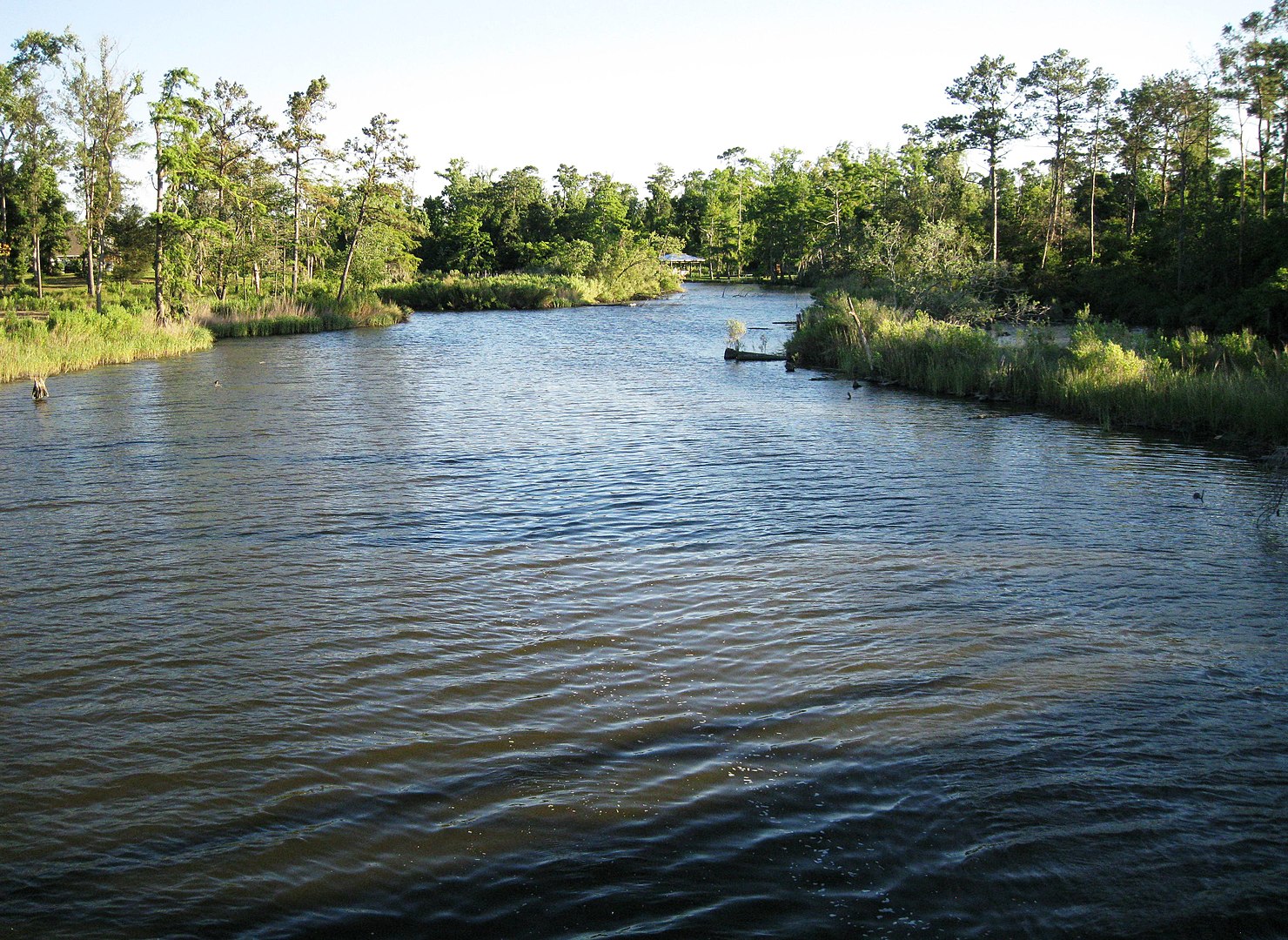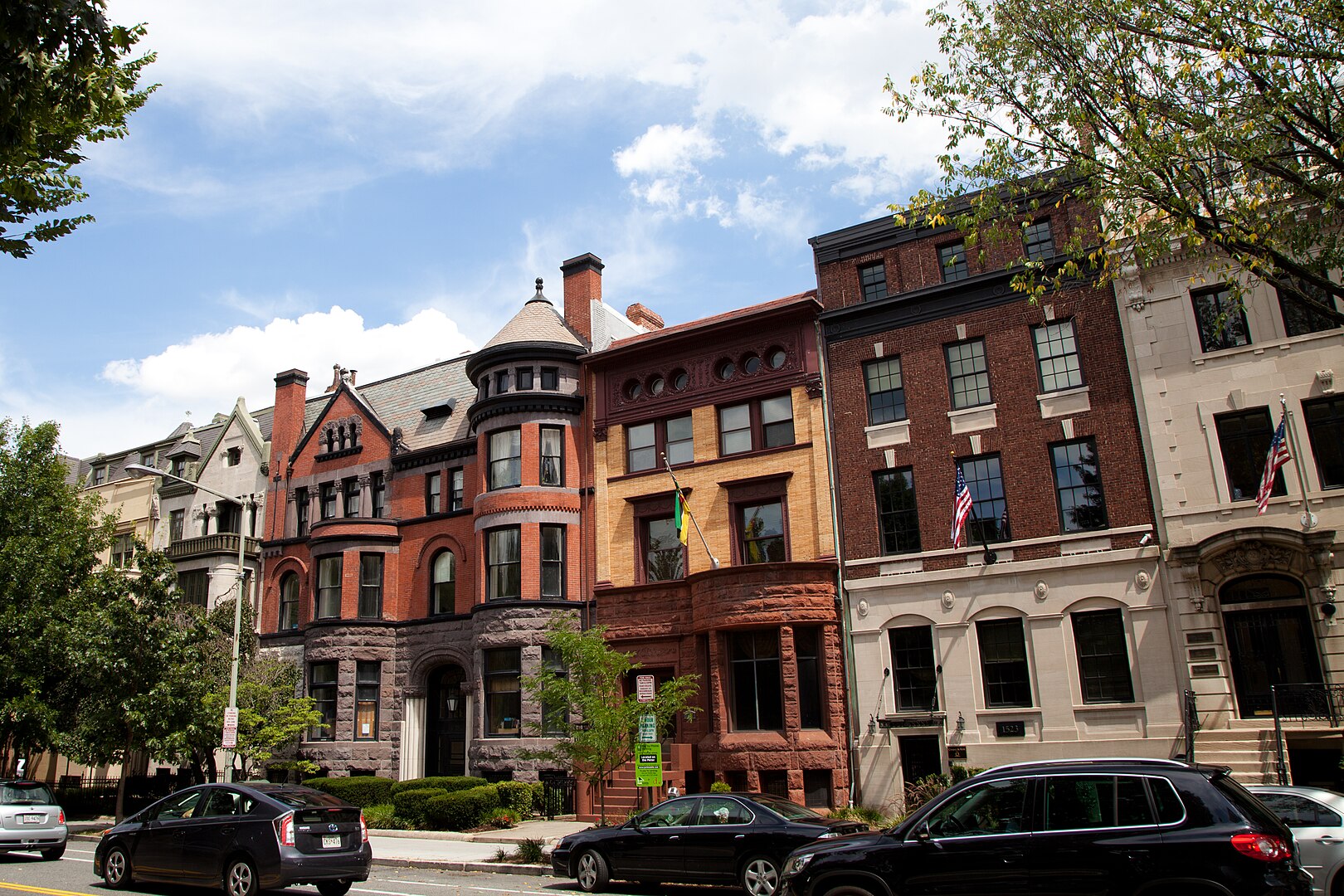All Case Summaries
London’s Heathrow Airport’s Third Runway
A third runway in the London Heathrow Airport is to be built for increasing the airport carrying capacity and resilience to flight changes. It’s vital to secure the airport’s hub position in the whole Europe but it has been so hard to go ahead because of all the issues behind the plan, such as the community diminishment, noise and opposition to carbon neutrality plan. Still, at present, the ban has been removed.
Lowndes County Sanitation Disparity
Lowndes County in rural Alabama faces inadequate sanitation practices resulting in 90% of community members having failing sewage systems polluting their living spaces. Current policies in place further exacerbate the problem. A hopeful solution to the issue is a USDA fund to help the community replace the current septic tanks.
Mega Dam on Great Bend in China
In 2022, Power Construction Corporation of China (Powerchina) announced its plan to build a mega dam along Yarlung Tsangpo River (Brahmaputra River). The dam is estimated to have 3 times the power generation as the Three Gorges Dam but it also goes along with many conerns like damage to ecosystem, future flood potential and geopolitics conflicts etc.
Mitigating the Toxic Remnants of the Berkeley Pit Mine
The Berkeley Pit in Butte, Montana is a former open-pit copper mine that has transitioned from an engine of economic prosperity to a site of environmental and humanitarian concern due to its transformation into a toxic lake following the closure of mining operations. The Berkeley Pit illustrates the pressing need for sustainable mining practices and robust post-mining strategies to address environmental degradation and pollutant exposure to local communities.
Modifying the I‑375 Redesign: Responding to Community Concern
The I‑375 Reconnecting Communities Project in downtown Detroit is on pause to address concerns about its scale and reparative efforts.
Neglect to Renewal: Addressing Environmental Injustice through Infrastructure Revitalization in Mount Vernon, NY
Residents of Mount Vernon, New York, predominantly from minority backgrounds, have suffered for decades under a failing wastewater infrastructure that is now being addressed with a significant $150 million investment plan. Chronic sewage backups have created a perpetual state of environmental injustice, adversely impacting the health and quality of life of the community. This long-awaited intervention, championed by Mayor Shawyn Patterson-Howard, represents a pivotal move towards restoring public health, environmental quality, and social equity in Mount Vernon.
NEOM’s Shadow: The Dispossession of the Huwaitat People
The NEOM project, Saudi Arabia’s futuristic $500 billion urban development, faces international scrutiny for human rights violations involving the indigenous Huwaitat tribe.
New Jersey Environmental Justice Law Forces Contaminated Site Cleanup
New Jersey’s Environmental Justice Law helps protect underrepresented and disadvantaged communities from environmental impacts by limiting industrial and waste facilities in those communities. Additionally, greater attention has been focused on cleaning up contaminated waste sites and holding those accountable for polluting these communities.
Nicaragua Canal
A new canal in Nicaragua will be built under the agreement of the Nicaragua government and Chinese businessman Wang Jing, with his company HK Nicaragua Canal Development Investment Company (HKND). The project is intended to lift the poor country out of poverty, just as what the Panama Canal has done to its residents, but its construction may ruin the ecosystem of Central America. Besides, there are more potential issues like political tensions, exaggerated construction speed and ambiguous finance etc
Philly’s Chinatown Stitch
Philly’s Chinatown has been divided by a sunken highway for the past three decades which has resulted in social and economic disconnects in its community. Despite this challenge, community leaders have gained public support for a change and have been granted funding through the U.S. Department of Transportation’s Reconnecting Communities Pilot Program to reshape the transportation infrastructure for more beneficial use. The project will emphasize community input throughout the planning process.
Pollution Erasing Mossville
Sasol announced a project of building gas-to-liquid facility and ethane cracker in Lake Charles Louisiana after long-term negotiation with the Louisiana government officials. However, its pollution level seems not to be as satisfying as it claims. What’s more, the relocation of local residents in Mossville is insufficient and racially discriminative.
Pollution in DC rivers at the intersection of environmental and racial injustice
Washington, D.C. Attorney General Karl Racine is suing Velsicol Chemical for decades of manufacturing and distribution of the carcinogen chlordane even though the company knew of its risks to human and environmental health. The lawsuit says studies have linked long-term exposure to chlordane to liver cancer, as well as miscarriages, depression and bone-marrow diseases. Shorter-term exposure, it says, has been linked to blurred vision, headaches, tremors and insomnia, among other central nervous system symptoms. Flanked by environmentalists and representatives of the local NAACP, Racine (D) said at a news conference that the effects of Velsicol Chemical’s alleged contamination particularly hit “low-income Black and Brown” residents, in a case that bridges environmental and racial justice.
Reconstruction of Rochester’s Inner Loop Highway in New York
Rochester, NY is surrounded by an Inner Loop of highway. This loop is not level with the surrounding buildings and streets. A portion of this loop was replaced with infill development to encourage downtown investment and connection between the two communities surrounding it. Actions taken after the initial removal were met with mixed interests.
Replacing lead pipes in Washington, D.C., after decades of inaction
Lead-contamination in drinking water in Washington, D.C., became a crisis in 2004, with lead concentrations exceeding those in Flint, MI. In the decades since, very few pipes were replaced. Property owners were required to share the replacement cost, resulting in replacements being concentrated in affluent areas. Lead exposure continued in under-resourced neighborhoods, disproportionately affecting D.C.‘s Black residents. In 2019, a new plan was instituted in which D.C. Water will be provided with funds to cover the full pipe replacement cost and construction will proceed on a block-by-block basis. Two predominantly Black wards will be first up for replacements.
Safer Bike Routes in D.C. to Improve Children Health Inequities
In recent years, D.C. has added extensive bike paths to increase cycling safety and cycling options to allow children to bike to school to increase physical activity. Lack of physical activity is a concern in the D.C. school area that serves underrepresented communities whose students may not be able to participate in extracurricular sports. The addition of bike paths can help decrease air pollution and offer a chance to decrease child health inequities in the community.
South Wake Landfill in Holly Springs
In the early 90’s, the town of Holly Springs was predominantly African American, and was chosen for a site for a landfill to be built. Over time, the area shifted demographics until it was predominantly white, at which time the permit for the site was issued, denied, and re-issued. This is in spite of the fact that there appeared to be no such concerns when the area was predominantly African American.
Syracuse I‑81 Removal
Syracuse’s 1.4‑mile stretch of the I‑81, which is raised above the city and cuts through downtown, is posed for a new transition. While once displacing disadvantaged communities, officials have drafted plans to tear down the crumbling interstate and create a street-level grid to repair broken communities and create a revitalized urban core. The project is currently paused due to lawsuits from local groups questioning the impacts of such a decision and if it will really improve the area or cause more generational impacts.
Tar Creek Superfund Site
The Tar Creek Superfund site is located in northeastern Oklahoma on Quapaw tribal land and is the site of former zinc and lead mining site. The acid mine drainage from this site has been polluting the local community and watershed for over 50 years and is still toxic despite being a superfund site since 1983. Local community members have been fighting to continue the cleanup of the site despite the slow progress made by the EPA.

















